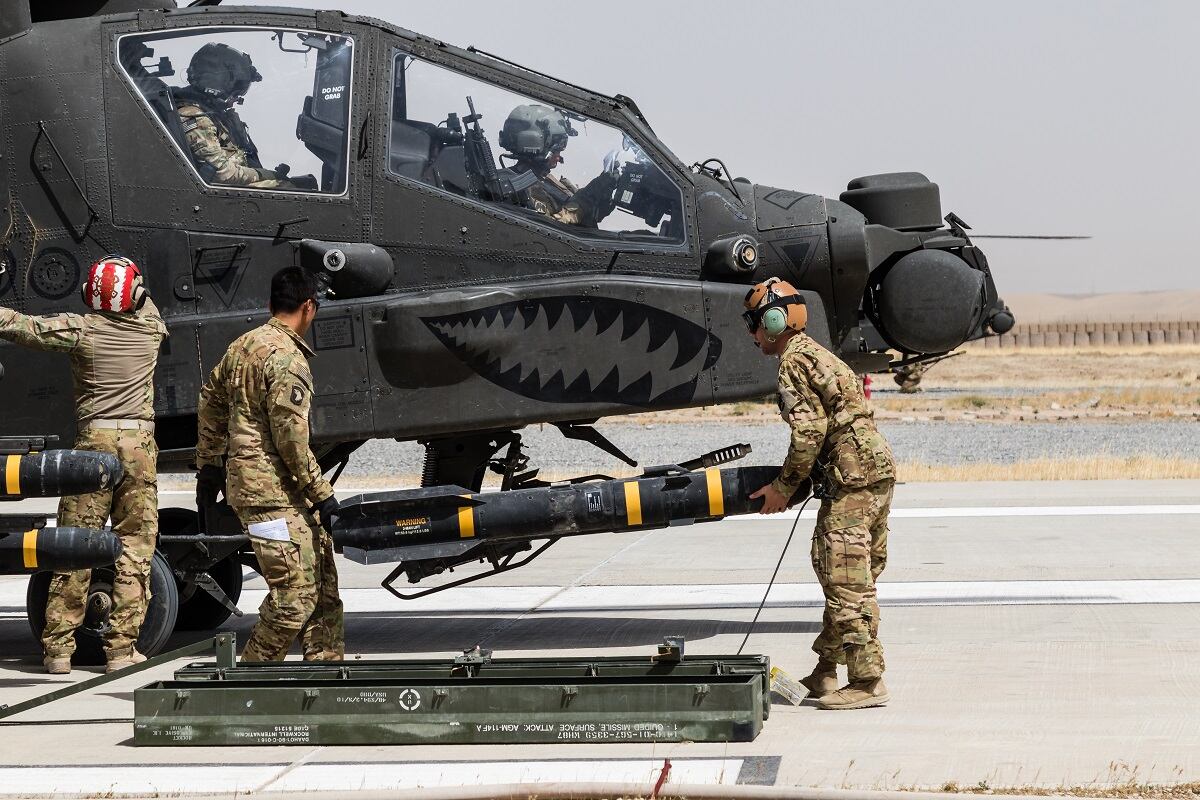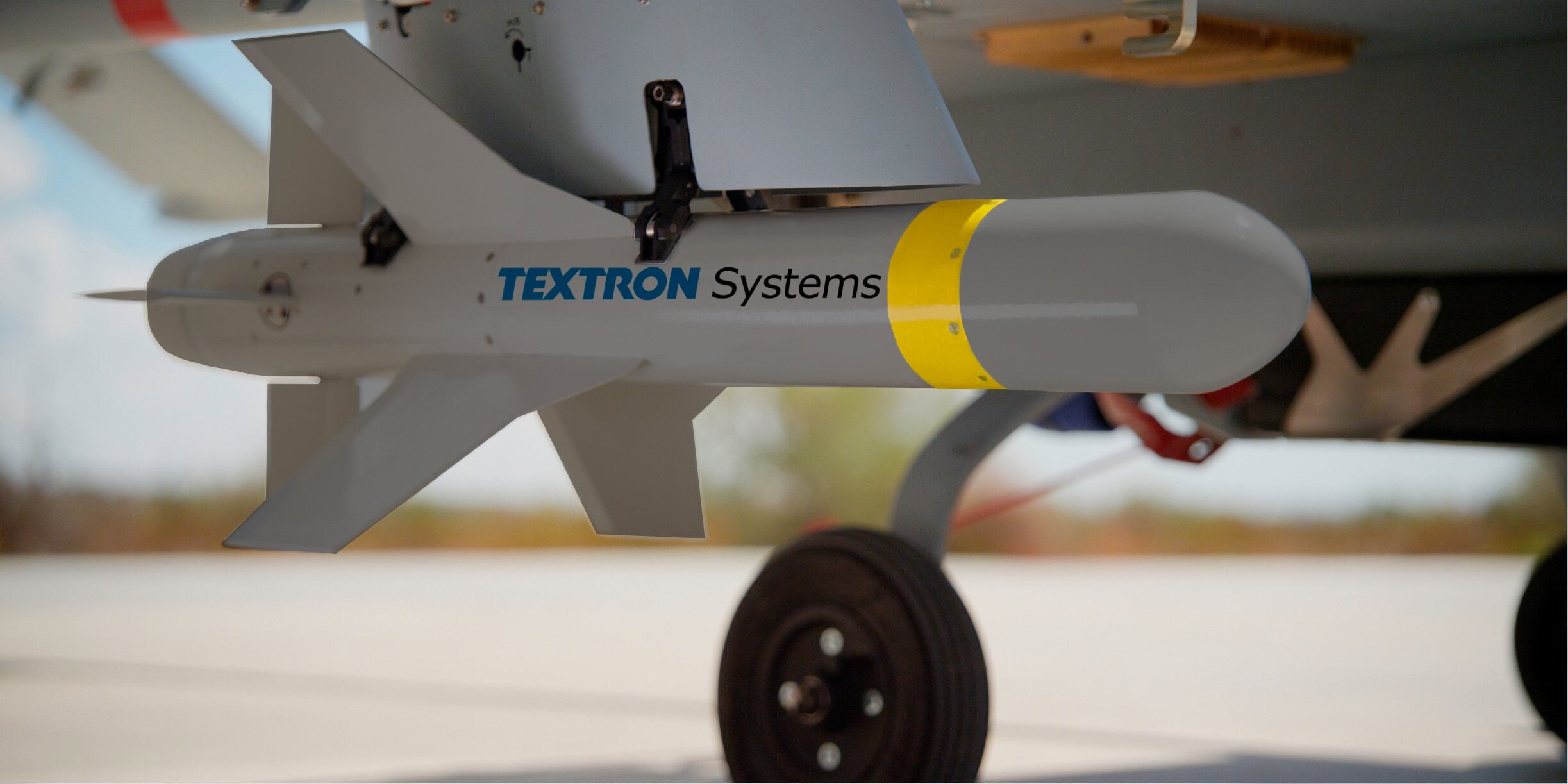NASHVILLE, Tenn. — The U.S. Army is not impressed with lightweight precision munitions offered up by industry for the service’s unmanned aircraft systems, but the Army is continuing to look for smaller weapons that fit the bill.
Roughly two years ago, the Army wanted to evaluate munition offerings and select some for operational testing, with the idea the service would buy more if they worked well in the field.
“I do recall, certainly, several vendors that proposed they could do certain things, and we said: ‘OK, prove it,’ ” the Army’s program executive officer for aviation, Brig. Gen. Thomas Todd, said during a press briefing at the Army Aviation Association of America’s annual summit.
Once proven, he said, the program office would take the munition and try to help integrate it onto platforms, then test it in the field before purchase.
“In that arena we asked industry to put money where your mouth is and give us some test data showing your assertions, and in this case they have yet to be able to prove their assertions for their test data in particular,” Todd said. “So we are waiting anxiously for them to continue to invest and make their product something ready from a technology level that we could actually adopt quickly.”
RELATED

The Pentagon Army aviation military operations chief, Brig. Gen. David Francis, confirmed during the same briefing that the effort to find lightweight munitions continues. “There are some vendors out there that are competing and trying to develop various products, but nothing that has come to fruition yet,” he said.
The Army remains interested in precision-guided munitions, echoed Maj. Gen. William Gayler, commanding general of the Army Aviation Center of Excellence and Fort Rucker.
“The preponderance of our aviation launched munitions are larger and very costly, and we need to have the ability to have more of what we call stowed kills onboard a platform — whether that is an unmanned system or even a manned system,” Gayler said. “We need to have the ability to do that because if you look at a potential peer-to-peer conflict, just sheer numbers alone is going to require that munition. We don’t want to put very heavy, exquisite munitions on a target that is a threat but doesn’t require that exquisite munition.”
RELATED

A year ago, the service was in the fledgling process of organizing opportunities for vendors with lightweight precision munitions to demonstrate capability for the Army, Francis’ predecessor, Brig. Gen. Frank Tate, said at the time.
The Army asked for whitepapers in February 2017 for lightweight precision munitions specifically tailored for the Gray Eagle UAS in advance of potentially setting up a program in the same office where the Hellfire missile resides.
Tate said in late September that year that there were 12 vendors who originally said they could meet the need. The Army planned to narrow down that list and field small numbers of munitions to units for testing, followed by user feedback and an eventual procurement decision.
Jen Judson is an award-winning journalist covering land warfare for Defense News. She has also worked for Politico and Inside Defense. She holds a Master of Science degree in journalism from Boston University and a Bachelor of Arts degree from Kenyon College.






